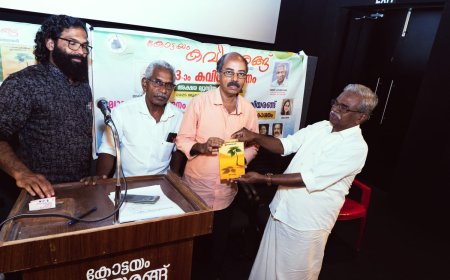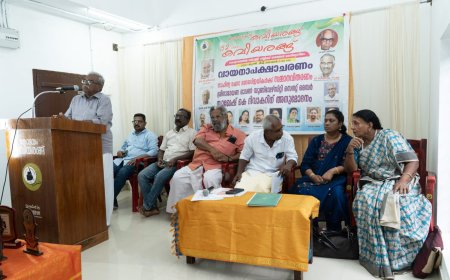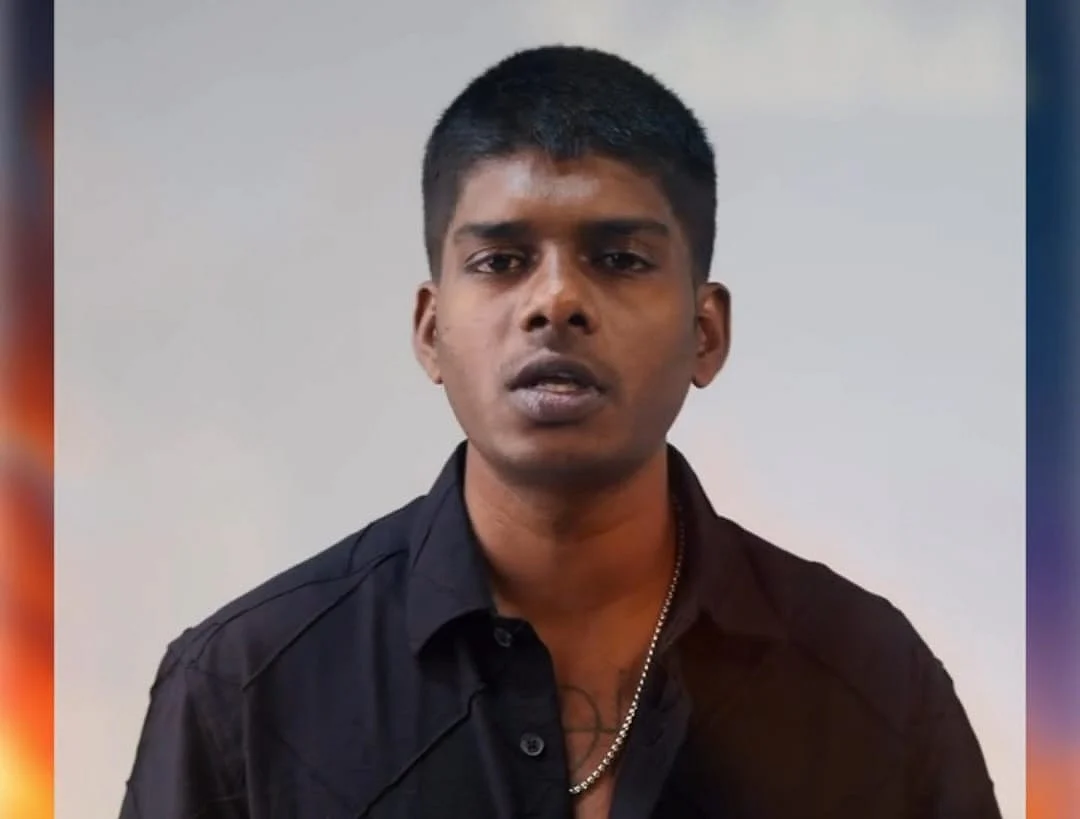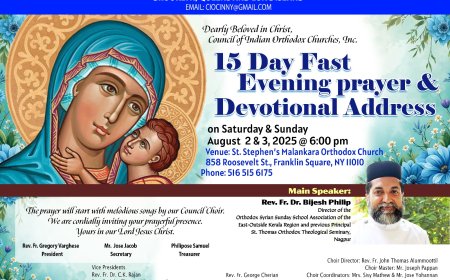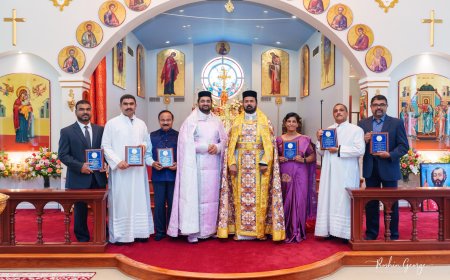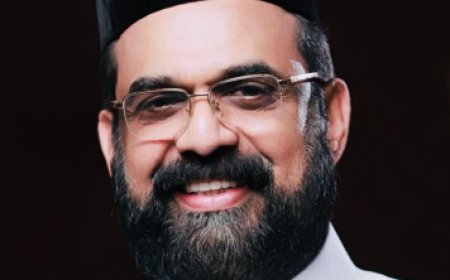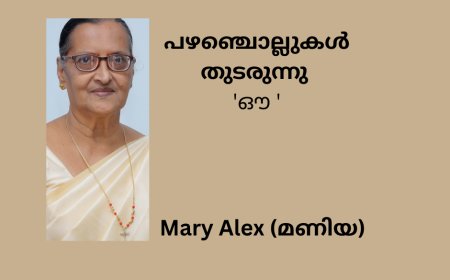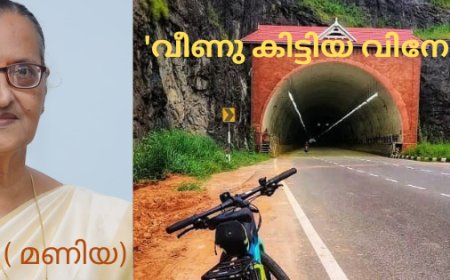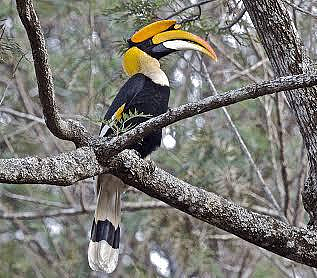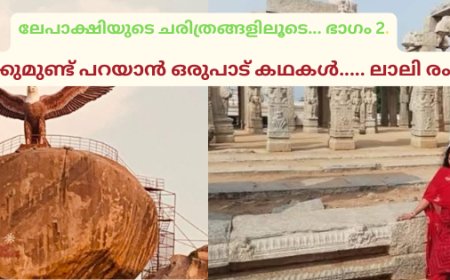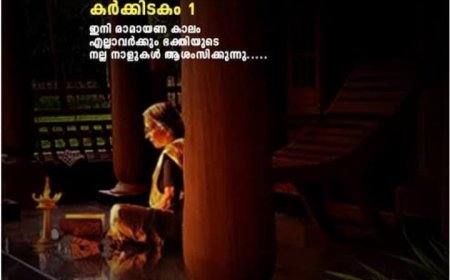Mexican mayor marries reptile in vibrant 230-year-old ritual celebrating peace and cultural unity
Mayor Gutierrez symbolically married a female caiman, a species from the alligator family, in Huamelula, celebrating indigenous culture and tradition. The three-day festival emphasises community ties and peace

IN one of Mexico’s most unique and enduring traditions, Mayor Daniel Gutierrez of San Pedro Huamelula symbolically married a female caiman as part of a vibrant ceremony that blends indigenous culture with centuries-old legend.
The ritual, which has been practised for more than 230 years, is believed to bring peace, unity, and abundance to the region.
What is this ritual?
Held during the town’s annual patron saint festivities honouring San Pedro Apostol, the symbolic marriage draws on the ancestral histories of the Chontal and Huave people. The caiman, affectionately named Miguelana Estela del Mar Zavaleta Ramirez, represents the Huave princess, while the mayor assumes the role of the Chontal king.
According to local legend, a royal marriage between the two groups helped end a long-standing conflict, and the ritual is carried out each year to commemorate that peace.
"For us, it's a ritual in which we ask Mother Earth and our creator for abundance in our harvests, fishing, and every product our region can offer," said Luis Manuel Lopez, a long-time resident.
In this year’s ceremony, the caiman was dressed in a traditional white bridal gown and paraded through the streets, accompanied by music and dancing residents.
The reptile visited homes in the community before being brought to the wedding ceremony, where she was dressed in three vibrant traditional outfits, including a regional Zoque dress adorned with floral patterns and bright colours. A designated "godmother" ensured the caiman’s appearance matched the grandeur of the event.
The ceremony culminated with Mayor Gutierrez giving the caiman a ceremonial kiss — a gesture symbolising love and commitment to his people and their traditions.
“Huamelula is so rich in tradition and culture that today, like every year, Huamelula is in the eyes of the world,” said Gutierrez.
The three-day festival serves not only as a celebration of indigenous identity but as a reminder of the enduring ties between community, history, and nature.
